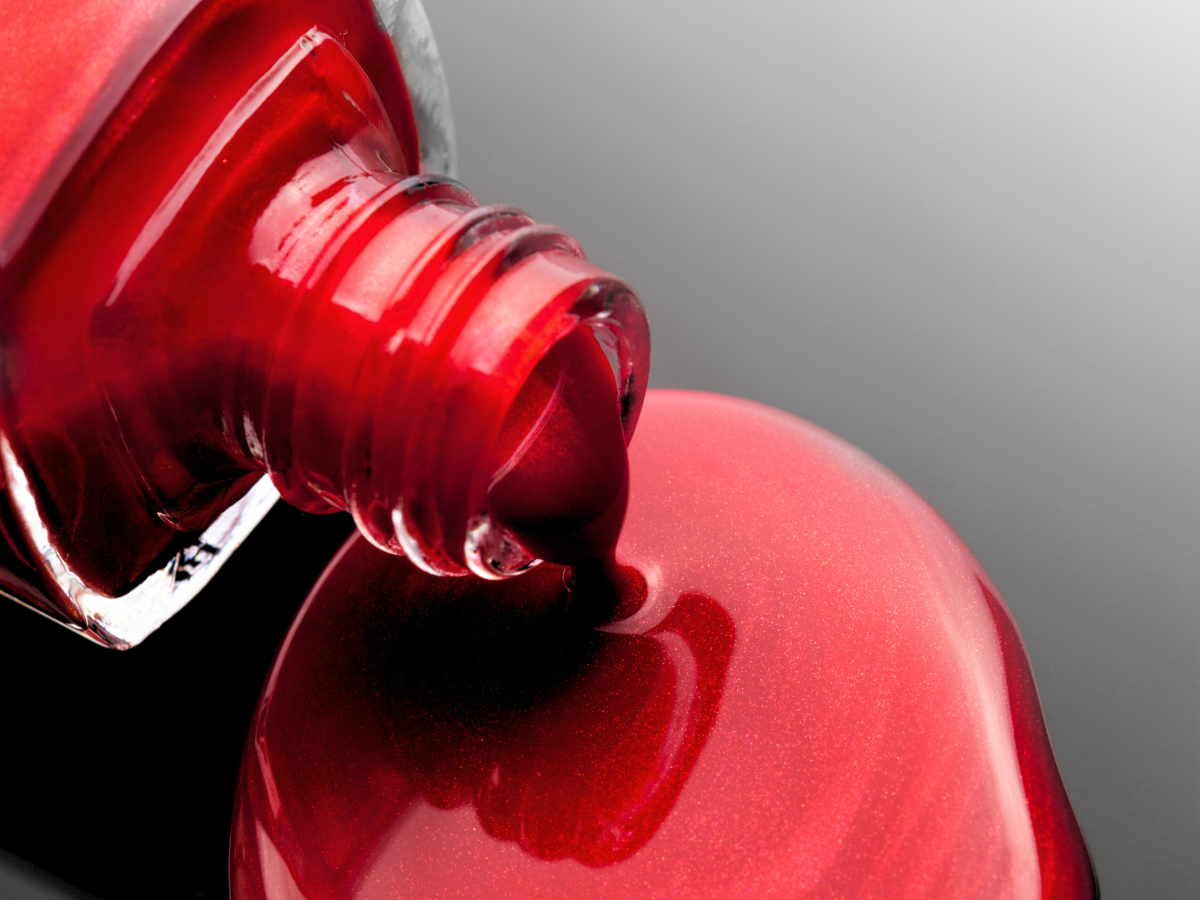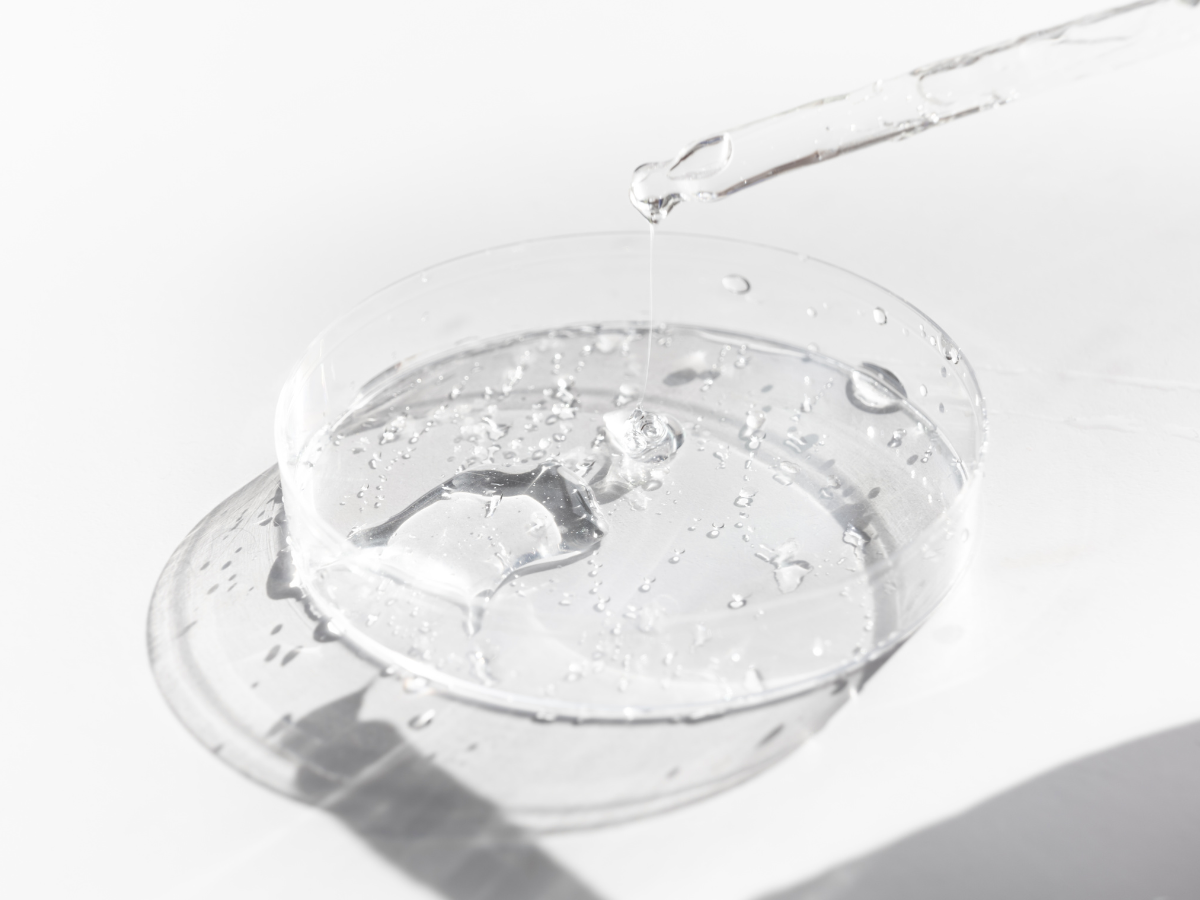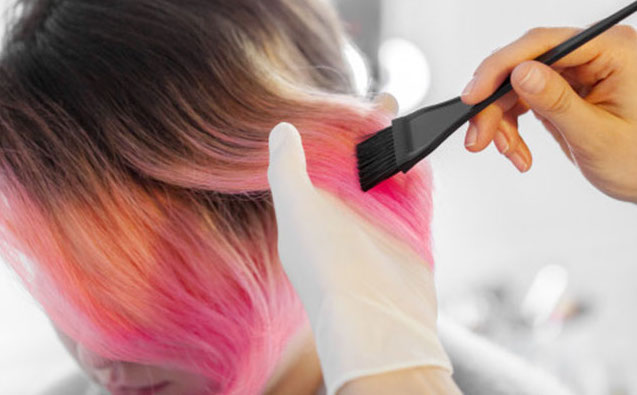What is Triphenyl Phosphate?
Triphenyl Phosphate (CAS No. 204-112-2 and EC No. 115-86-6), is a chemical compound that, although is not regulated by the Cosmetic Regulation (EC) No. 1223/2009, is catalogued in the European cosmetic substances and ingredients database (CosIng) as a plasticizer, as this compound is capable of increasing flexibility and workability of otherwise rigid synthetic polymers.
Use of Triphenyl Phosphate in cosmetics
In the world of cosmetics, Triphenyl Phosphate is commonly found in nail products. Beyond cosmetics, it can also serve as a fire retardant and plasticizer in various industrial and consumer materials. The versatility of this chemical highlights its widespread application, but also raises questions about its safety, particularly in products designed for direct skin contact.
Is Triphenyl Phosphate safe for consumers?
In 2019, the European Commission identified a list of potential endocrine disruptor in cosmetics, which included Triphenyl Phosphate. After a data request, the industry presented scientific evidence to demonstrate the safety of Triphenyl Phosphate as a plasticizer in nail products. The Commission then asked the SCCS to carry out a comprehensive safety assessment using the provided evidence.
After reviewing the data, the SCCS published its preliminary opinion, where it states that, based on the current evidence, the safety of Triphenyl Phosphate cannot be conclusively confirmed. Several concerns were raised, however, due to findings that suggest a possible genotoxic potential, meaning that Triphenyl Phosphate could cause damage to genetic information within cells.
Environmental impact of Triphenyl Phosphate
This initial review focused on Triphenyl Phosphate’s safety in relation to cosmetic products, not its environmental impact. A comprehensive understanding of its environmental implications would necessitate further investigation.
REFERENCES














